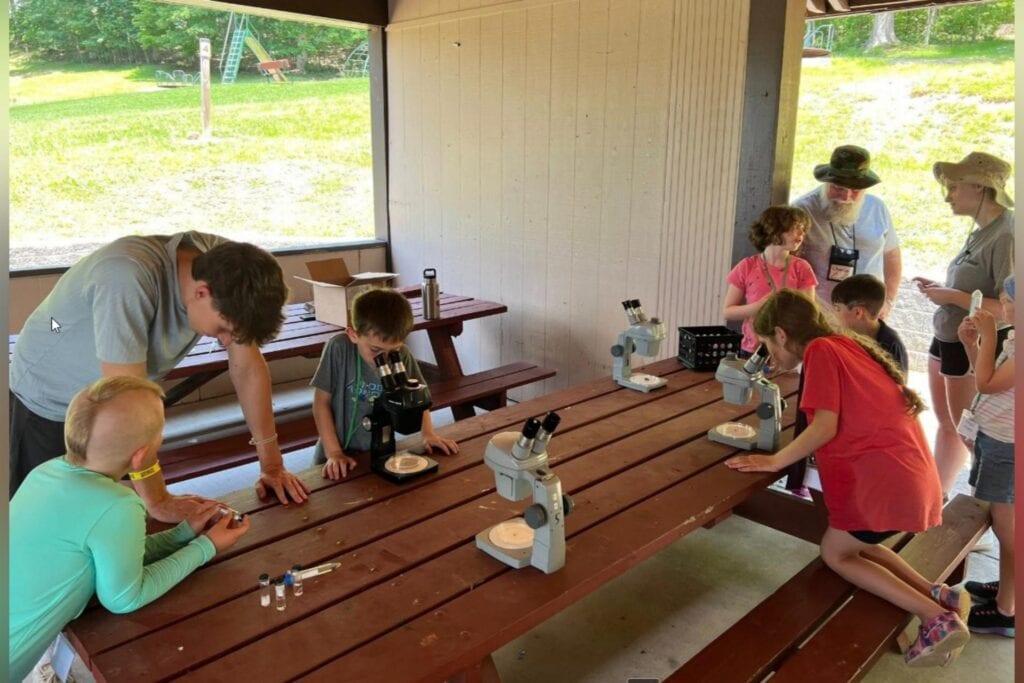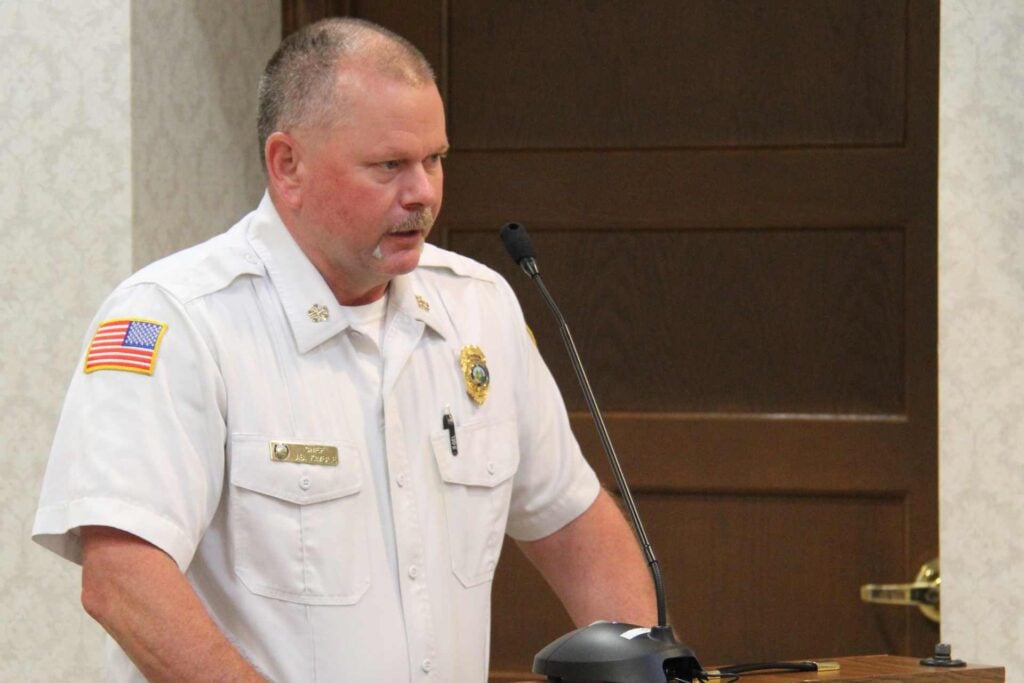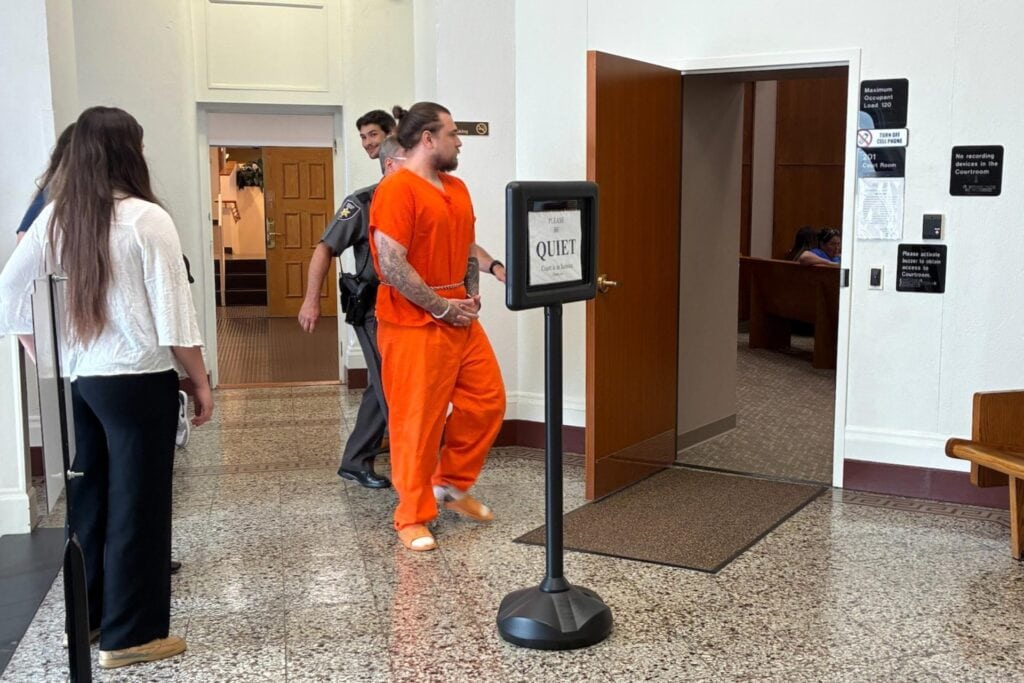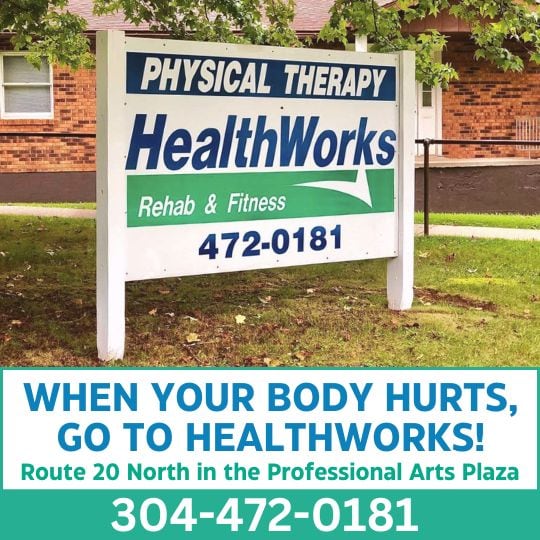BUCKHANNON – In any conversation with J.B. Kimble, it quickly becomes apparent the Buckhannon fire chief has numbers and percentages floating through his mind a lot, and understandably so.
The National Fire Protection Agency’s “gold standard” when it comes to responding to a structure fire is four firefighters manning a first-out engine, and at the scene of a fire, there are 22 essential tasks that must be completed, he says during a recent interview with My Buckhannon on a grey mid-November day.
Ever since the department learned in late October it hadn’t been awarded the competitive and highly coveted Federal Emergency Management Agency’s SAFER grant – an acronym for Staffing for Adequate Fire and Emergency Response – Kimble is trying to chart a path forward that will allow the BFD to reach that magic number of four.
The SAFER grant would have provided funding for the city fire department to hire three full-time paid firefighters, referred to as career firefighters, over a three-year period, with federal dollars paying for 75 percent of salaries and benefits the first two years and 35 percent of them for year three. In the fourth year, it would have been up to the city’s general fund to cover that cost.
“The gold standard is four on a first-out engine and five on a ladder truck, so when you look at the fire service as a whole, there’s 22 essential tasks that you have to do in fire ground operations, and if you don’t have people to do those tasks, it becomes an unsafe operation,” Kimble says.
Adding one shift to the BFD’s roster with the help of SAFER grant funding – i.e. one more career firefighter – would have enabled the department to have three full-time firefighters working at all times.
Add West Virginia Wesleyan College’s live-in service scholar to those three, and the BFD would have been able to meet the standard of having four firefighters on a first-out engine 64 percent of the time, Kimble said.
Now, only two career firefighters staff the station 24/7.
How, exactly, the BFD will attain that gold standard remains an open question after the agency found out Oct. 22 it hadn’t been awarded the SAFER grant. Information coordinator and grant writer Callie Cronin Sams had applied on behalf of the BFD in spring of this year, and if the fire department had received it, the benefits would have been not only citywide, but countywide, Kimble said.
In its denial letter, FEMA notes only a finite amount of funding was available and says although the agency couldn’t provide a detailed account of how the city’s application was rated, the agency “strongly encourages” reapplication next year.
In the meantime, the fire chief is exploring other avenues.
“The main thing is safety with that third person,” Kimble said. “If you have a two-person crew, you’re this efficient, if you have a three-person crew, you’re this much more efficient or if you have a four-person crew, your efficiency from two (firefighters) to four (firefighters) goes up like 70 percent because [of the variation of tasks involved]” such as dragging hose, venting, etc., Kimble said.
According to a report by the National Institute of Standards and Technology Kimble provided, a four-person crew responding to a low-hazard structure fire completed all 22 essential tasks, on average, about seven minutes and 30 seconds faster than a two-person crew.
“That is huge,” Kimble said. “In your reports, four-person crew is the most efficient – and most obtainable through funding – to get to four than it is to five.”
Kimble said firefighting efficiency – and funding for it – centers on two questions.
“How much do the citizens in our district expect, and how much do they expect to pay for it? That’s where you’ve got to find a happy medium,” he said.
Kimble hopes in the future, Upshur County will invest in the Buckhannon Fire Department by helping to shoulder the cost of hiring additional career firefighters. The BFD provides what’s referred to as mutual aid to five of the other six departments in the county – the exception is Selbyville Volunteer Fire Department – on an automatic basis.
“And if Selbyville needs us, we will go, so when you look at paid staff, during a typical day right now, any of the fire departments that border us have an eight to 10-minute response time,” Kimble explained. “Here, we have a minute-and-a-half to a minute-and-45-second response time because we’re here.”
Often, outlying volunteer fire departments aren’t staffed on a regular basis because the volunteers work and have other obligations in addition to volunteering.
“If the county and city would both work together and fund a third shift, the paid staff could respond to help the volunteer departments in their own districts with three people automatically,” Kimble said. “If had gotten we grant, we would have been able to assist the outlying departments a lot more than we do now.”
Another prospect Kimble and city officials have explored is hiring a part-time firefighter, but for several reasons – it was unpopular among both volunteer and career Buckhannon firefighters – that idea’s been tabled until after Jeff Harvey of JH Consulting LLC completes the department’s strategic plan assessing its needs.
“When the strategic plan is completed, we’ll present that to (city) council with the plan’s recommendations,” Kimble said. “The part-time firefighter isn’t off the table but it’s on hold until the strategic plan is done.”
A joint agreement to fund additional full-time staff – and perhaps even pay for the construction of a substation manned by career firefighters – would benefit county residents, Kimble said. Possible locations for a substation might include Stony Run Road or a location along Route 33.
That’s because there are some coverage voids or areas that are more than five miles from the Buckhannon Fire Department or any county fire department, which detrimentally impacts ISO, or Insurance Services Office ratings, which in turn, cause the cost of homeowner’s insurance to rise.
“With ISO, if you go beyond five miles from a firehouse, you become automatically a class 10 rating, which is the worst insurance rating you can have,” Kimble said.
For instance, parts of Lick Run Road qualify as Class 10 because they’re more than five miles away from the Buckhannon Fire Department – or any of the six fire departments in the county, even though fire hydrants have been installed in the area.
“So, this poor lady’s insurance, when initially she was a Class 4, went from $417 a year to $2,211,” Kimble said. “Don’t you think if I had plans to build a substation and put it out on, say, Stony Run, to drop her insurance, she’d be tickled to death?”
“This is all stuff we’re looking at as we go through our accreditation,” he added. “You have to put a substation where you’d get the biggest bang for your buck – where you’d be able to cover the most houses.













